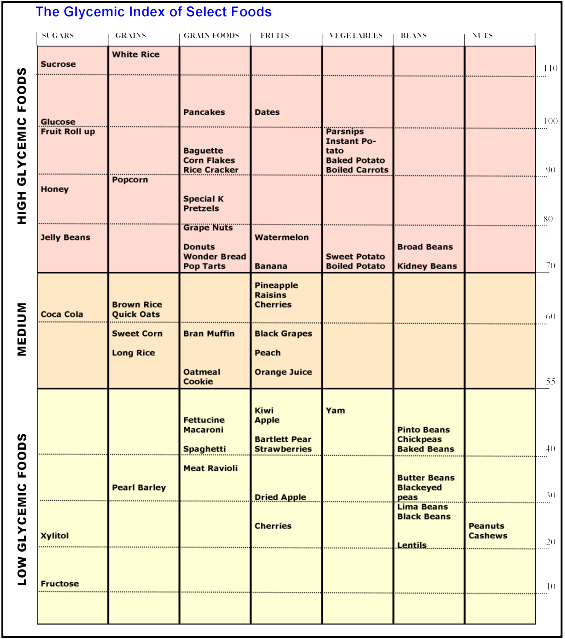Did you know that
September is Menopause Awareness Month? The
American College of Obstetricians and Gynecologists has a great update for you. For women, the major complications of menopause include heart disease, stroke, osteopenia, and osteoporosis. Heart disease is the #1 cause of mortality in women, and we hope this will change. What are some symptoms I can expect from Menopause? Check the list
here, as it is long. Some symptoms of menopause include hot flashes, pain on intercourse, insomnia, and emotional changes like fatigue, sadness, irritability, anxiety, and depression.

A look at hormone production shows that cholesterol is the primary molecule from which all hormones are derived: pregnelolone, DHEA, androstenedione, testosterone, estradiol, estrone, progesterone, cortisol, and aldosterone. In both sexes, aging affects all of these. For women who are either in menopause or who are postmenopausal, hormone replacement therapy (HRT) may be indicated. But wait. Aren't hormones "..bad for you..."? Many women are confused, because aren't hormones dangerous to take? Don't they cause cancer? Well....
These are some basic facts about you and hormone replacement therapy:
(1) Some contraindications for unopposed* estrogen: endometrial cancer, breast cancer, ovarian cancer, stroke, blood clots, pulmonary embolism, deep venous thrombosis.
(2) Some contraindications for progesterone: heart attack, cardiovascular disease, breast cancer, ovarian cancer, deep venous thrombosis.
(3) Heart disease kills more women than cancer or blood clots. We hope that going on HRT allows a woman to live longer and not die because of cardiovascular disease. Will some of these women get breast cancer? Yes, if they live long enough.
Until recently, no one really told me the latest about menopause. My Ob/Gyn, my PCP, and my Cardiologist never mentioned menopause to me. As a doctor, of course I knew that I was in menopause, and had been for the last 6 years. But was hormone replacement therapy indicated? And if so, what were the benefits vs. risks? And what should I be taking? What about bioidentical hormones?
So one of my quests by going to Cenegenics® was to exit fully immersed in evidence-based science with an analysis of major medical journal manuscripts about menopause. Did I get this? Yes. What am I going to do about it? Well, I'm on HRT, I started this Blog, and I'm moving Onward & Forward together with you!
Yes, the GirlPowerinAMM Blog started on Friday, August 31, 2012 as I was sitting in a chair in an air-conditioned, black marble conference room at Cenegenics® in Las Vegas, Nevada with my physician peers and James Powell. My hotel room in downtown Vegas was next door to Caesar's Palace, and I can report that I never had the time nor the inclination to go anywhere but to Physician Training at Cenegenics®. I had much to learn and oh, so little time.
Well actually,
Heidi McNulty, D.O. and I took the advice of
Robert D. Willix, Jr., M.D., , former Board-certified cardiovascular surgeon and now CEO and CMO of Cenegenics® in Boca Raton, FL, and we hiked at Red Rock Park. Ah, yes, the sun had gone down but we saw a few bats and drove a nice drive, too! Ladies, hormones or no hormones, we have to get that exercise in, okay?
Back to some hard data for you;
The defininition of menopause:
(1) the ovaries no longer function, and
(2) those monthly menstrual periods have stopped.
Types of menopause:
Premature Menopause: occurs before 40 years of age, whether natural or surgical.
Perimenopause: menstruation happens less and less frequently; may last 1-4 years.
Surgical Menopause: includes surgery, radiation, and chemotherapy.
Postmenopause: the years after menopause.
Male Menopause: decline in male hormone production, or hypogonadism.
Case History: If you are a 51 year old female with hot flashes and you tell me "My last period was 1 year ago", I diagnose you as being "Menopausal".
Case History: If you are a 66 year old female with hot flashes and you tell me your have not had a period in 14 years, I diagnose you as being "Postmenopausal".
Both of these patients are at significant risk of heart disease and complications of menopause, and both need evaluation to minimize the risk.
Please know that The FDA has approved hormone therapy for two major symptoms: hot flashes and vaginal atrophy. So what is the deal with
menopause and hormones? This is the deal:
it is individual. There are risk factors of menopause and there are risk factors of HRT, make no mistake. Your physician definitely needs to elicit a thorough family history, and a complete medical history from you. Your physician may also need to evaluate your nutrition habits, your exercise efficiency, your cognitive function, your hormone levels, including your thyroid gland and your blood glucose levels.
Aging is not just about the hormones; it is about optimizing your mind, body, and spirit. That's my view and I'm sticking to it.
Only after your physician is armed with a wealth of knowledge can she weigh the benefit:risk ratio to give you the best recommendation. Her recommendation does not apply to anyone else but
you.
* unopposed estrogen = estrogen taken by itself, without progesterone. If you are at high risk, estrogen may not be a choice at all.
Full Disclosure: Margaret A. Ferrante, M.D. is an Institute Physician with Cenegenics® in Beverly Hills, CA.



















